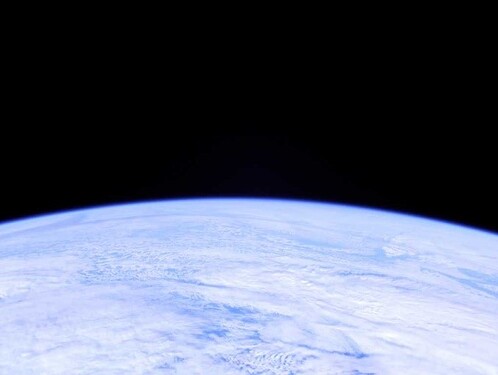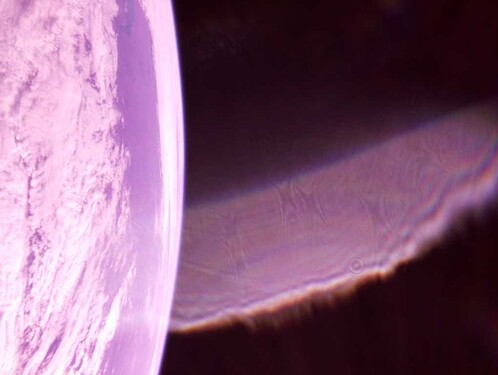The UMKA-1 School Orbiting Telescope team wishes the community a Happy New Year and Merry Christmas! May all your dreams and wishes be higher and brighter than the stars! And will definitely come true in the new year! ![]()
Mission status report of the orbiting space telescope UMKA-1 (RS40S) for October-December 2023
During October, the main efforts of the ground control centre were focused on trying to restore the operation of the S-band high-speed transmitter, following the recommendations of the high-speed transmitter developers.
Unfortunately, all of the team’s efforts still failed to produce meaningful results.
At the end of November, it was decided to temporarily postpone work on the recovery of the high-speed transmitter and the use of the main payload. The team decided to focus on the education programme.
On 25 November, a request was received from a student of the 1st “G” class of school 1998, Moscow, to conduct an experiment to transmit children’s drawings of astronomical objects from UMKA-1. The proposal was accepted by the team with enthusiasm. The request was approved, and included as an experiment in the mission’s educational programme.
Since December 2, the team of the ground control centre continued to master the orbital control of the and to take pictures from the technical camera. A number of interesting images of the planet were obtained.
On 9 December, the idea to use the technical camera of the satellite for astronomical purposes was implemented. An additional series of images was carried out and the obtained images of the open space area were analysed. The images were labelled as “dark”.
Previously obtained “dark” images, after preliminary processing, contained optical aberrations caused by the angular deflection of a narrow parallel beam of light. These distortions, the team of the orbiting telescope, jokingly called - “Space Bells”.
Optical aberrations also appeared during daytime shooting.

Despite the presence of distortion, quite beautiful compositions were often produced.
16 December.
The team of the ground control centre continued working on the preliminary analysis of the received “dark” images, which finally yielded results.
In the “dark” image below, after preliminary processing, you can see the reflected part of the planet.
Minecraft fans I think would love it. Highly likely))
But the greatest interest, aroused photos of the open section of space with presumably discovered astronomical objects.
It’s up to our team of astronomers to be more precise about what we’ve been able to capture. …Attack ships on fire off the shoulder of Orion… C-beams glitter in the dark near the Tannhäuser Gate…*
20 December.
There was a serious accident of the rotating device of the antenna complex of the R3DDF ground control station.
By joint efforts of the project team, the antenna rotation system is being restored.
At the moment UMKA-1 RS40S is being escorted by space monitoring stations working as part of the EFIR network, which allows receiving data on the current state of our school satellite in orbit.
UB1QBJ station continues to monitor the altitude of the UMKA-1 RS40S spacecraft
In January, 2024, it is planned to analyse the images and adapt the satellite’s technical camera to perform the mission’s astronomical tasks.
For February and March - implementation of the experiment, the preliminary stage of the educational programme for school students and radio amateurs.
At the moment, access to the mail radioamateurumka@school29.ru(not active) is lost .
For QSL requests, the personal mail ra3ppy@yandex.ru (active) is temporarily used.
After sorting the satellite images, the team plans to publish them for free download to everyone.
If the educational project is successfully launched, it will be possible to broadcast low-resolution images via UHF satellite.
I would also like to inform you that during busy work, there may be a brief change of bitrate to 2400 bs, 4800 bs GMSK USP
The main bitrate remains the same - 9600 GMSK USP
The frequency also remains unchanged.
437.625 MHz
Part of the phrase is a quote of a monologue from Blade Runner.*
73! GL!













